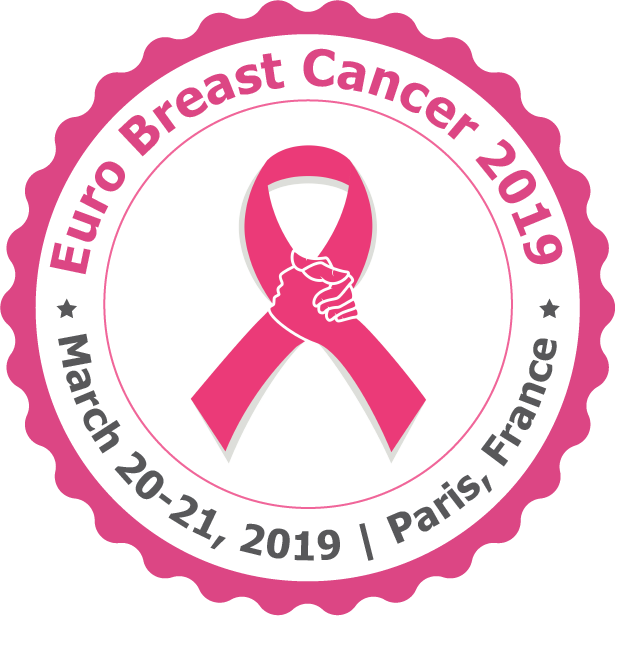
Sara Principe
University of Valencia, Spain
Title: Salivary cytokines as putative biomarkers for treatment response of HNC Patients undergoing radiotherapy
Biography
Biography: Sara Principe
Abstract
Head and Neck Cancer (HNC) including Oral Squamous Cell Carcinoma (OSCC) is the sixth most common neoplasia worldwide with an incidence estimated at 529.500 cases and 292.300 deaths per year. Alcohol and tobacco use are between the most common risk factors. Besides, human papillomaviruses (HPVs) infection has been recently related to its pathogenesis. Typically late diagnosis requires surgical intervention and radiotherapy treatment (RT). Ionizing radiation is known to increase the expression of a number of cytokines involved in inflammation and wound healing. Salivary proteins have promising features to be used as biomarkers for screening and outcome prediction in this malignancy. A research to evaluate salivary cytokine levels as indicators of response to radiotherapy has been undertaken. Immunoassay based on multi analyte profiling technology was used to quantify salivary concentration of various infl ammatory and angiogenic proteins in 23 advanced cases of OSCC and HNC and 13 healthy volunteers. The correlation between patients before and after RT showed a signifi cant growth of IL-10, MCP-1 and IL-8 related to the irradiation dose (Fig.1). In addition, comparing Controls with patients after RT revealed a trend towards increased EGF, IL-4, IL-6, IL-8, MCP-1 and TNF-α level, possibly to link to the treatment (Fig.2). Preliminary results indicate that a saliva-based test could provide an accurate, noninvasive and relatively inexpensive monitoring method for predicting the radiotherapy outcomes of HNC patients. Further work intends to validate the present data by analysing a larger sample cohort and establishing correlation with patient’s clinical parameters.

